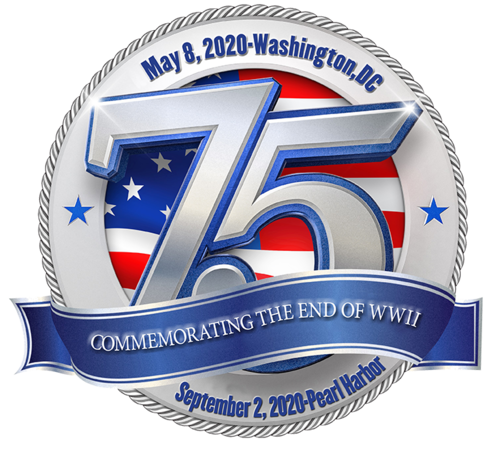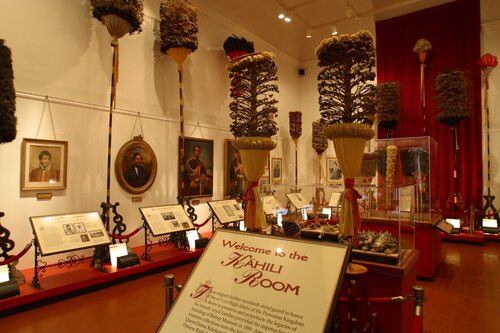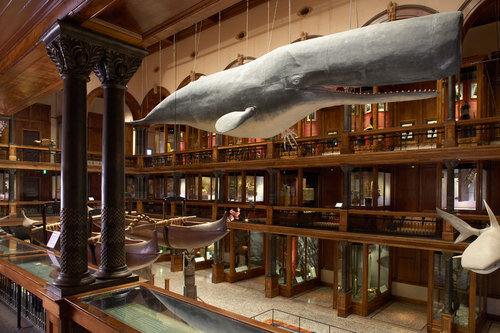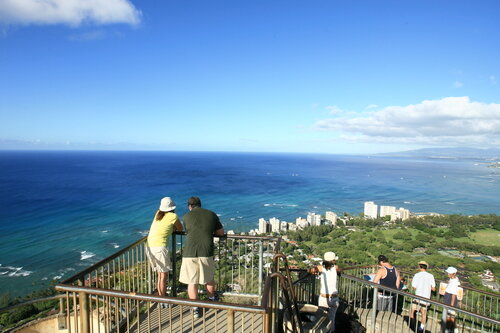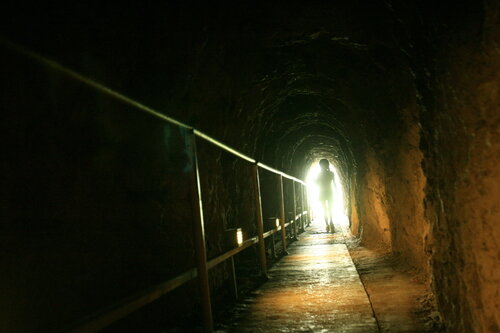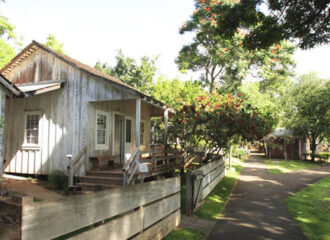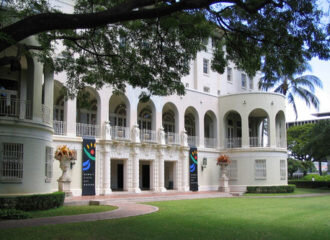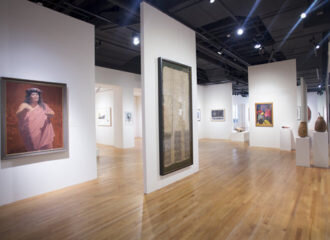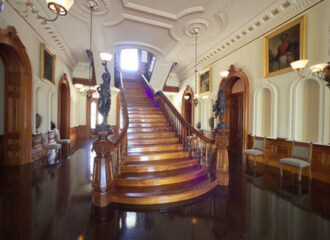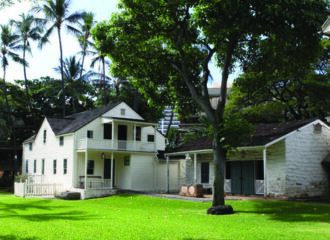Bishop Museum
The Smithsonian of the Pacific, Bishop Museum is Hawaii’s premiere museum of natural and cultural history and was originally designed to house the extensive collection of Hawaiian artifacts and royal family heirlooms of Princess Bernice Pauahi Bishop. The Museum has since expanded to include millions of artifacts, documents and photos about Hawaii and other Pacific cultures and includes planetarium shows that showcase how Polynesian voyagers navigated using the stars to sail the Pacific and a new Science Adventure Center, where visitors can experience Hawaii’s unique natural environment via volcanic eruptions, piloting a deep sea rover, and lava melting demos.
Diamond Head
Diamond Head Crater is one Hawaii’s most famous landmarks and one of Oahu’s most popular hikes. Take an early morning hike to the top of Diamond Head – a 760 foot extinct volcano tuff cone and National Landmark. Ancient Hawaiians called it Leahi (brow of the tuna) but it became known as Diamond Head after 19th century British sailors thought they discovered diamonds on its slopes. In the early 1900s, it was used as a military lookout as you will discover as you pass through its underground tunnels and military bunkers. Bring a flashlight for the tunnels, good shoes and some water for the 175 steps, but most importantly, don’t forget your camera because the panoramic views at the top are breathtaking.
Hawaii Plantation Village
Escape the present day and explore Oahu’s plantation heritage and culture at the Hawaii Plantation Villages in Waipahu. You’ll learn how more than 400,000 immigrants who arrived between 1852 and 1947 to work on Oahu’s plantations actually shaped Hawaii into the vibrant multiethnic community it is today. Explore a sugar plantation village and botanical garden featuring historic homes and plants reflecting the cultural diversity of the islands. Hear personal stories of struggle and triumph revealing how plantation laborers from China, Portugal, Japan, Puerto Rico, Okinawa, Korea, and the Philippines ventured to Hawaii in search of a better future.
Hawaii State Art Museum
The Hawaii State Art Museum (HiSAM) is dedicated to exhibiting and interpreting the art and culture of Hawaii. It presents the largest and finest collection of work by Hawaii artists that reflects the state’s rich ethnic and cultural traditions and honors and inspires artistic excellence and promotes educational enrichment. Located in the historic No. 1 Capitol District Building, a Spanish-Mission style structure built in 1928, the museum is comprised of three spacious galleries, an outdoor tiled lanai, a 70-seat multi-purpose room and a volunteer resource center. A new cafe, gift shop and information kiosk to enhance the visitor’s experience is scheduled to open in the near future.
Iolani Palace
Home of Hawaii’s last ruling monarchs and only official royal residence on U.S. soil. Hawaii’s Royal Palace is the official residence of the last monarchs of Hawaii, King Kalakaua and his sister and successor, Queen Liliuokalani. Trace the footsteps of royalty with your docent as you take a historic journey from the completion of King Kalakaua’s new palace in 1882 to the dethronement of Queen Liliuokalani in 1893. This beautifully restored National Historic Landmark in downtown Honolulu provides visitors with an opportunity to learn much about Hawaiian history. You’ll find yourself transported to the 19th century as your guide describes the lives and times of Hawaii’s royal family.
Hawaiian Mission Houses Historic Site and Archives
The original headquarters of the Sandwich Islands Mission, the Mission Houses Museum was established in 1820 by New England Protestant missionaries sent from Boston. The Museum connects the story of the American Protestant missionaries from New England with the people, history, and culture of Hawaii. The three historic mission houses, the Frame House, the Printing Office and the Chamberlain House were built between 1821 and 1841, are the oldest Western style buildings in Hawaii and are brought to life through guided tours, cultural exhibitions and educational programs. Clothing, furnishing, books, household items, quilts, and a printing press are all on display.
National Memorial Cemetery of the Pacific (Punchbowl)
Punchbowl Crater, remnant of a long-extinct volcano, is the resting-place for more than 30,000 of the world’s soldiers. The Honolulu Memorial stands in honor of the sacrifices and achievements of the American Armed Forces. The engraved names of 18,094 World War II heroes missing in action are honored in the ten “Courts of the Missing” that flank the monumental staircase. Informative, free walking tours are sponsored by Veterans of the American Legion.
Queen Emma Summer Palace
Drive into the lush, green Nuuanu Valley and visit the secluded summer retreat of Queen Emma, King Kamehameha IV and their son, Prince Albert. This New England-style house was constructed on the East Coast, transported around Cape Horn by ship, and assembled in its present location in 1848 for Queen Emma, consort of King Kamehameha IV. The verdant garden of tropical flowers and trees, both native and introduced, are typical of the 19th century era when Queen Emma used the home as her getaway retreat. Following the tragic death of the 4 year old prince in 1862 and the king in 1863, Hawaii’s Queen spent much of her time at the Summer Palace. Royal antiques and furnishings stand in their original places, including the koa wood cradle of Prince Albert and gifts from his Godmother, Queen Victoria.
Tropic Lightning Museum
This small museum on Schofield Barracks honors the proud achievements of the U.S. Army’s 25th Infantry Division featuring military memorabilia from more than 100 years of Schofield Barracks history. This historic structure was initially a post library and is the only edifice built with lava rock walls there and is surrounded by Sherman tank, howitzers, a Vulcan air defense system, and more.
U.S. Army Museum of Hawaii (Ft. DeRussy)
Once a bastion built to protect Hawaii from invading forces, the structure now houses a Museum that tells the military story of Hawaii, from ancient times to the Vietnam War. Explore the many exhibits including the Gallery of Heroes honoring Hawaii’s citizens who served in the Nation’s defense, recipients of the Nation’s two highest awards of valor, the Medal of Honor and the Distinguished Service Cross, or its equivalents, the Navy Cross and the Air Force Cross.
